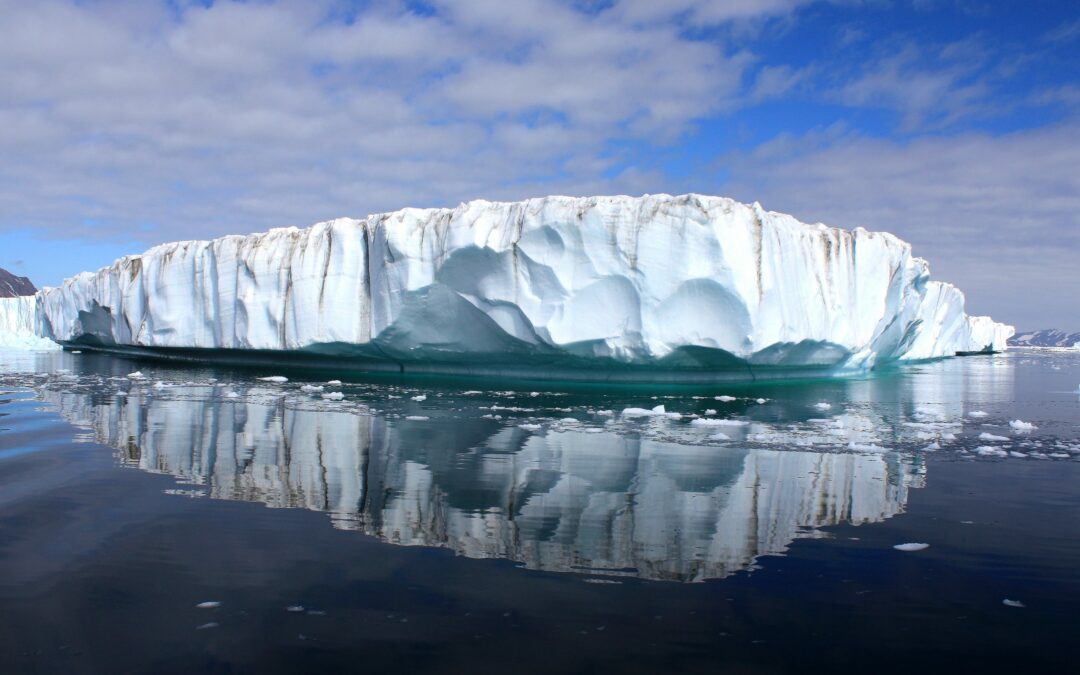A recent study that looked back thousands of years to the end of the last ice age showed an alarming rate of ice melt, sparking new worries about the future retreat of the ice sheet and rising sea levels.

The data, which was published on Wednesday in the journal Nature, according to researchers, shows that a sizable ice sheet that covered Eurasia between 15,000 and 19,000 years ago withdrew at a rate of 2,000 feet per day, 20 times faster than any retreat rate that has been determined from satellite measurements over the past 50 years.
Scientists claim that the rate of ice melt is the fastest they have ever observed and surpasses what they previously believed to be the maximum rate of ice sheet retreat. The melting of the Eurasian Ice Sheet thousands of years ago outpaced the decline of the Antarctic glaciers today, which are losing up to 160 feet per day.
Global water levels have risen by 0.7 inches as a result of 6.4 trillion tons of ice being lost by Antarctica and Greenland since the 1990s. Because it adds to current sea level rise, the massive Thwaites Glacier in West Antarctica is known as the “doomsday glacier.”
A number of glaciers in Antarctica that are close to flat ice beds have cause for worry because, according to researchers, the faster rates of ice retreat at the end of the ice age showed on flatter areas.
Researchers used bathymetric data to examine the corrugated beds of two significant ice streams that flow across the Norwegian continental ice shelf for the study. They determined the rate of retreat, which varied between 180 and 2,000 feet per day, by analyzing the patterns of wavelike ridges on the seabed.

According to the study’s lead author Christine Batchelor, “if temperatures continue to rise, then we might have the ice being melted and thinned from above as well as from below, so that could kind of end up with a scenario that looks more similar to what we had off Norway after the last glaciation.”
Scientists claim that even though the data indicate a rapid rate of glacier retreat at the end of the ice age, the melt was only transient.
According to Eric Rignot, a scientist at the University of California, Irvine who was not involved in the study, “Ice sheets are retreating quickly today, especially in Antarctica.” However, we can see signs of the retreat in the seafloor, which serves as a warning that we have not yet seen everything.
Download The Radiant App To Start Watching!
Web: Watch Now
LGTV™: Download
ROKU™: Download
XBox™: Download
Samsung TV™: Download
Amazon Fire TV™: Download
Android TV™: Download

